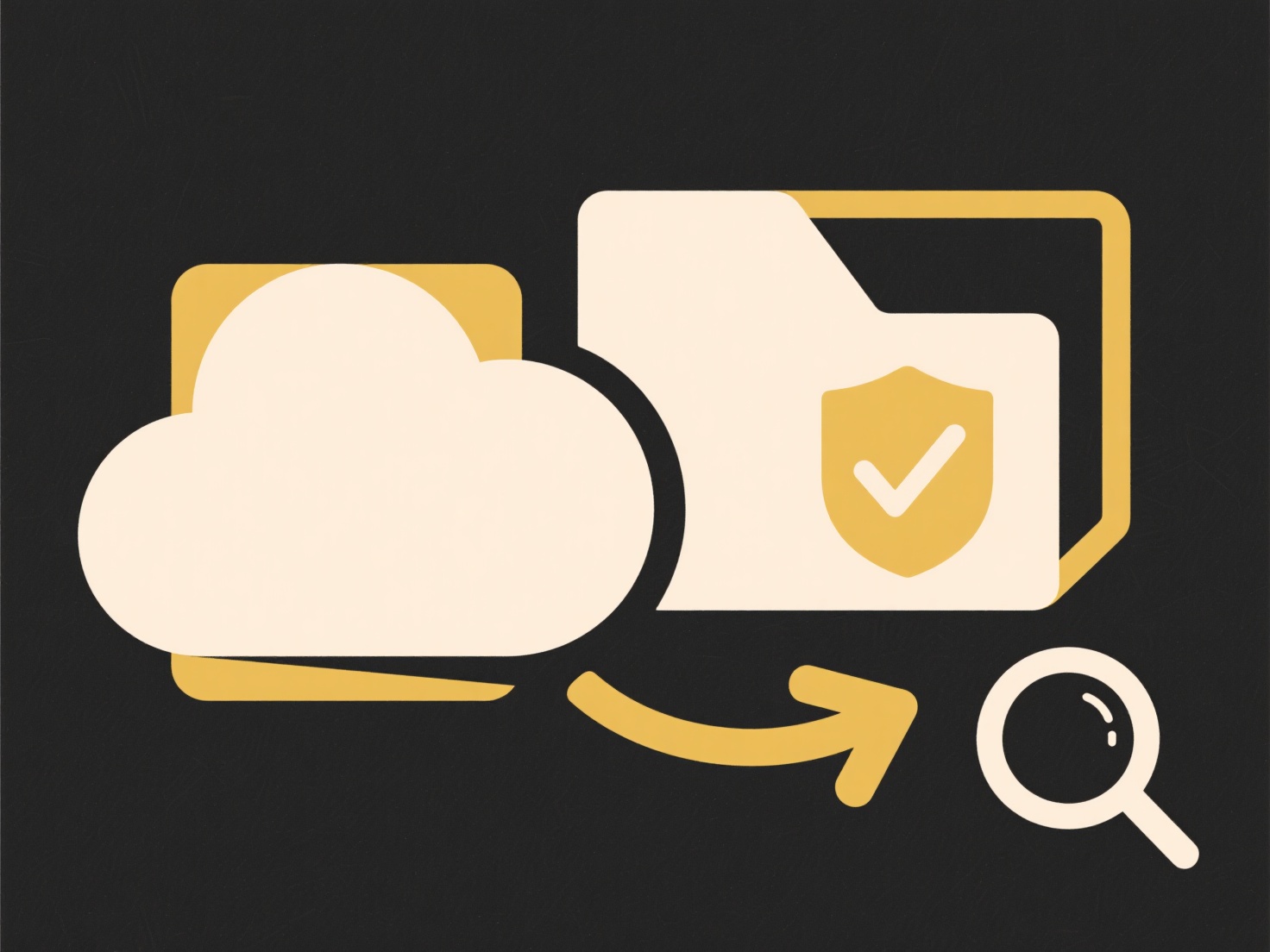
Classifying confidential folders involves systematically categorizing files and directories based on the sensitivity and criticality of the information they contain. This process typically uses predefined labels (such as Confidential, Internal Use Only, Public) assigned according to organizational policies and regulatory standards. Classification dictates the security controls applied, like encryption, strict access permissions (who can view/edit), audit logging requirements, and retention periods. It differs from general organization by explicitly focusing on protecting sensitive data from unauthorized access or disclosure.
For example, a Human Resources department classifies folders containing employee Social Security Numbers and performance reviews as "Strictly Confidential," accessible only to specific HR personnel. Financial institutions classify folders holding customer account details or transaction records with a high confidentiality level, requiring encryption both at rest and in transit. Industries like banking, healthcare (governed by HIPAA), and government heavily utilize folder classification. Common tools include Microsoft Purview Information Protection, dedicated Data Loss Prevention (DLP) solutions, and features within cloud storage platforms.

Proper classification enables tailored, efficient security, ensures regulatory compliance (like GDPR, HIPAA), and minimizes risks of data breaches. Key challenges include ensuring consistent user labeling and maintaining classification as data moves or changes. Failure to classify correctly can lead to severe fines, reputational damage, and operational inefficiencies where overly restrictive controls hinder collaboration. Future developments involve greater automation using AI for classification suggestions and integration with cloud-native security tools.
How do I classify confidential folders?
Classifying confidential folders involves systematically categorizing files and directories based on the sensitivity and criticality of the information they contain. This process typically uses predefined labels (such as Confidential, Internal Use Only, Public) assigned according to organizational policies and regulatory standards. Classification dictates the security controls applied, like encryption, strict access permissions (who can view/edit), audit logging requirements, and retention periods. It differs from general organization by explicitly focusing on protecting sensitive data from unauthorized access or disclosure.
For example, a Human Resources department classifies folders containing employee Social Security Numbers and performance reviews as "Strictly Confidential," accessible only to specific HR personnel. Financial institutions classify folders holding customer account details or transaction records with a high confidentiality level, requiring encryption both at rest and in transit. Industries like banking, healthcare (governed by HIPAA), and government heavily utilize folder classification. Common tools include Microsoft Purview Information Protection, dedicated Data Loss Prevention (DLP) solutions, and features within cloud storage platforms.

Proper classification enables tailored, efficient security, ensures regulatory compliance (like GDPR, HIPAA), and minimizes risks of data breaches. Key challenges include ensuring consistent user labeling and maintaining classification as data moves or changes. Failure to classify correctly can lead to severe fines, reputational damage, and operational inefficiencies where overly restrictive controls hinder collaboration. Future developments involve greater automation using AI for classification suggestions and integration with cloud-native security tools.
Quick Article Links
How do I bulk tag duplicates for deletion?
Bulk tagging duplicates for deletion refers to the process of efficiently identifying and marking multiple identical or ...
How do I handle duplicate files in cloud sync?
Handling duplicate files in cloud sync services involves identifying and managing identical copies unintentionally store...
Can copying from phone to PC create duplicates?
Copying files from your phone to a PC involves creating a new, separate instance of each file on the computer. This inhe...